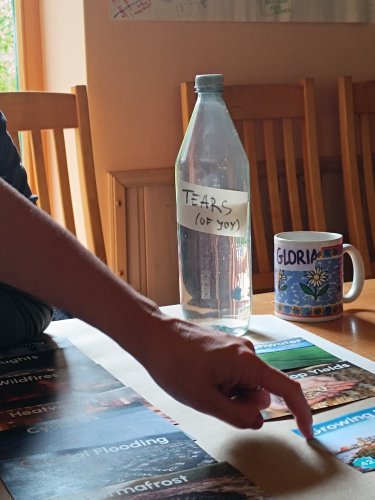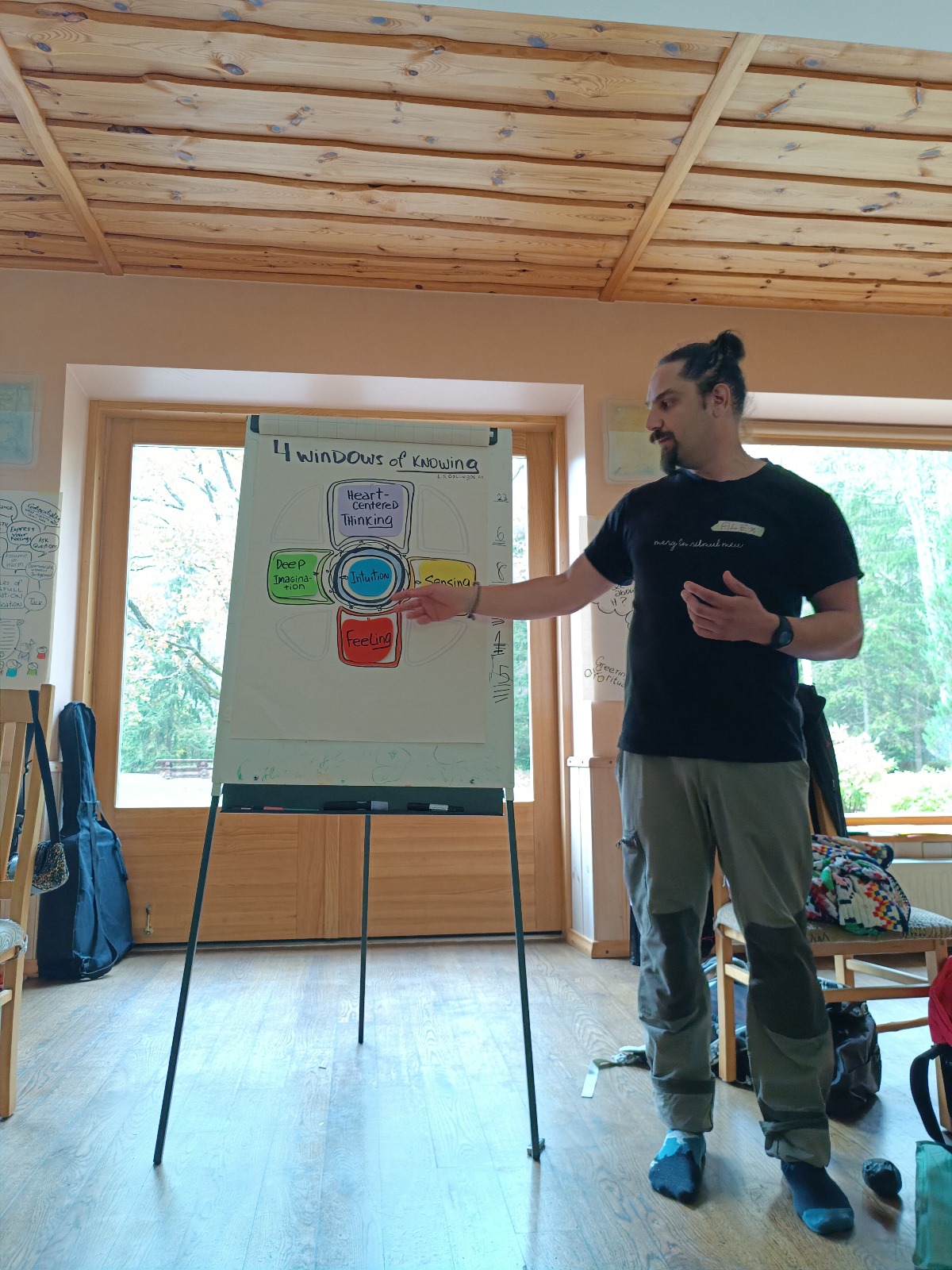
Shifting Realities: Exploring Bill Plotkin’s Eco-Centric Human Development Model in Youth Work
Since I discovered Bill Plotkin’s Eco-Centric Human Development Model, my perception of reality has shifted into a new dimension. Now that I feel I have a deeper understanding of what’s happening within me—my mind, body, and spirit—I can begin to grasp what’s occurring in others.
What’s truly fascinating about this model is that once I recognize what’s unfolding inside of me, I can more easily identify where others might be within the framework. In the realm of youth work, this can serve as an incredibly valuable tool for determining how to approach each individual. By understanding their current place in their personal and spiritual journey, I can offer more tailored guidance based on their unique process.
It’s evident that, in order to apply this model effectively, one must first comprehend and implement it personally. But once you internalize it, I promise you, there’s no turning back. The transformation is irreversible and deeply rewarding. At times, we find ourselves trying everything to help a young person who feels dissatisfied and adrift in the world. They feel lost, lacking direction, following a group of friends but sensing they’re different—broken even—desiring to reach somewhere new, yet uncertain if such a place even exists. Perhaps you’ve encountered this scenario before. Maybe you’ve even experienced these emotions yourself in the past, or currently work with young people in such situations. Imagine having a model to guide you in understanding your life phase and its accompanying needs. Picture a tool that places the young person on a map, clearly outlining the tasks they must address before progressing to the next stage. This is exactly what Bill Plotkin’s model of human development offers.
When I studied psychology, my favorite subject was developmental psychology. We explored the theories of foundational figures like Piaget, and I was captivated by the stages of growth in children—when they begin to crawl, when they start to speak. Throughout my adult journey, I’ve often felt an unsettling urge to push further, to discover more, to experience more, and to fully embrace the present moment. Occasionally, I felt something shifting inside me, as if ascending to a new rung on the metaphorical ladder of life. Each new step brought new insights: a fresh perspective, a new identity, different goals, and alternative approaches to challenges. It was something subtle yet powerful, almost indefinable. I never quite understood it until I came across Plotkin’s model. The day I first encountered it, during an Erasmus+ project, I couldn’t hold back my tears. It was a spontaneous outpouring, coming from a deep, heartfelt place. It was an intense, profound recognition, as though my soul was truly seen for the first time.
Since that day my curiosity around the model has only grown. What was it about this model that resonated so strongly with me? During my participation in Why The Deer Crossed the Road, I had the lucky chance to explore the model even further, engaging with some of the recommended practices, like wandering and the way of council. Once again, my connection to myself and the world around me became deeply clear. This only solidified my belief that I had discovered a potent tool for transformation. This is why I feel that this model could be incredibly valuable in working with young people—but first: learn to apply it to yourself.
Gloria
The training course “Why Did Deer Cross The Road?” is financed by the Erasmus+ Programme of the European Union that in Latvia is administrated by The Agency for International Projects for Youth. The article reflects only the opinion of the author.

